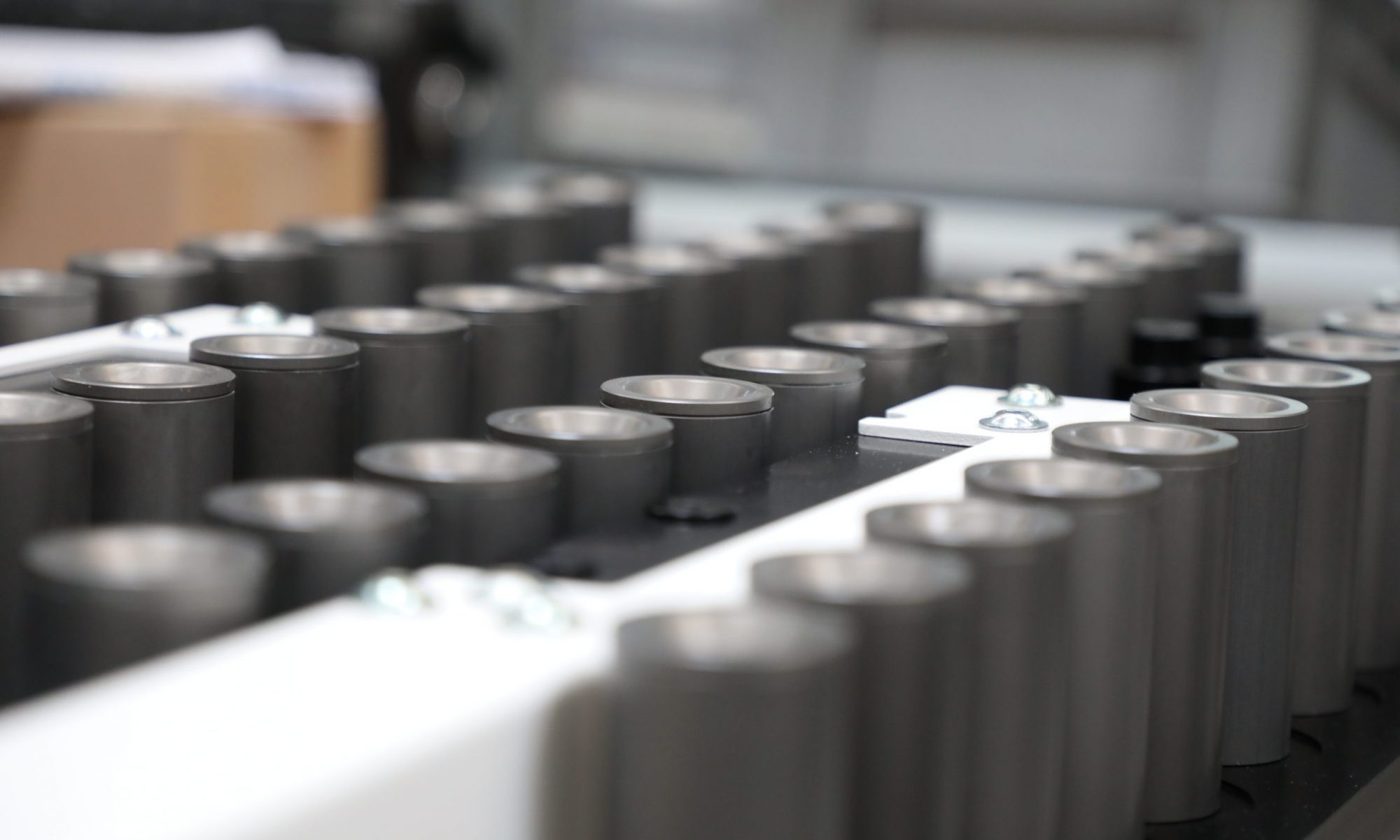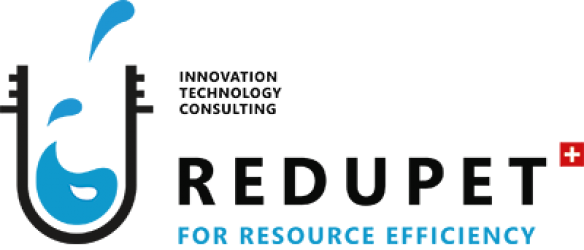Our Services
Smart Energy management in the preform production
Compared with other articles of plastic, the production of preforms as a mass item requires very much energy. The reason for this is not really that heavy and powerful moulding machines are used for the purpose, but that the plastic material polyethylene terephthalate (PET) in its semi-crystalline granular condition has a high enthalpy (heat-energy absorption capacity) during its transformation from ambient temperature to a melt of 280°C, thereby storing much energy. Melting of the crystals at the transition to the melted condition at approx. 250°C calls for an additional endothermal capacity.
This required quantity of energy cannot be imparted into the PET granulate without losses. Once the melted condition is reached after plasticizing, the material degrades particularly quickly. The macro molecules burst, causing the intrinsic viscosity to drop and releasing acetaldehyde (AA) as an undesirable, taste-interfering waste product. Therefore the so-called melt residence time must be kept as short as possible. To this end the melt is soon injected into the intensively cooled mold where it is cooled down as quickly as possible. Cooling must be within minimum time to prevent the formation of crystals which would give the preforms a milky appearance. One readily understands that the quick removal of the heat energy from the preforms requires relatively much energy once more.
Considering that a preform production system has an average hourly throughput of 700 kg of PET material, it becomes clear how much thermal energy is consumed from a purely physical point of view just for the plastic material, to melt it and then cool it down again. It is easy to see that, in the overall energy balance, the machine even with its movements plays only a minor role.
In PET processing this view of the overall energy balance is special in comparison with the production of other mass articles such as bottle caps, thin-walled cups or similar items. For these latter products comparatively, little plastic material is processed in relation to the machine movements, which is why this training has a stronger focus on the molding machine’s power consumption.

